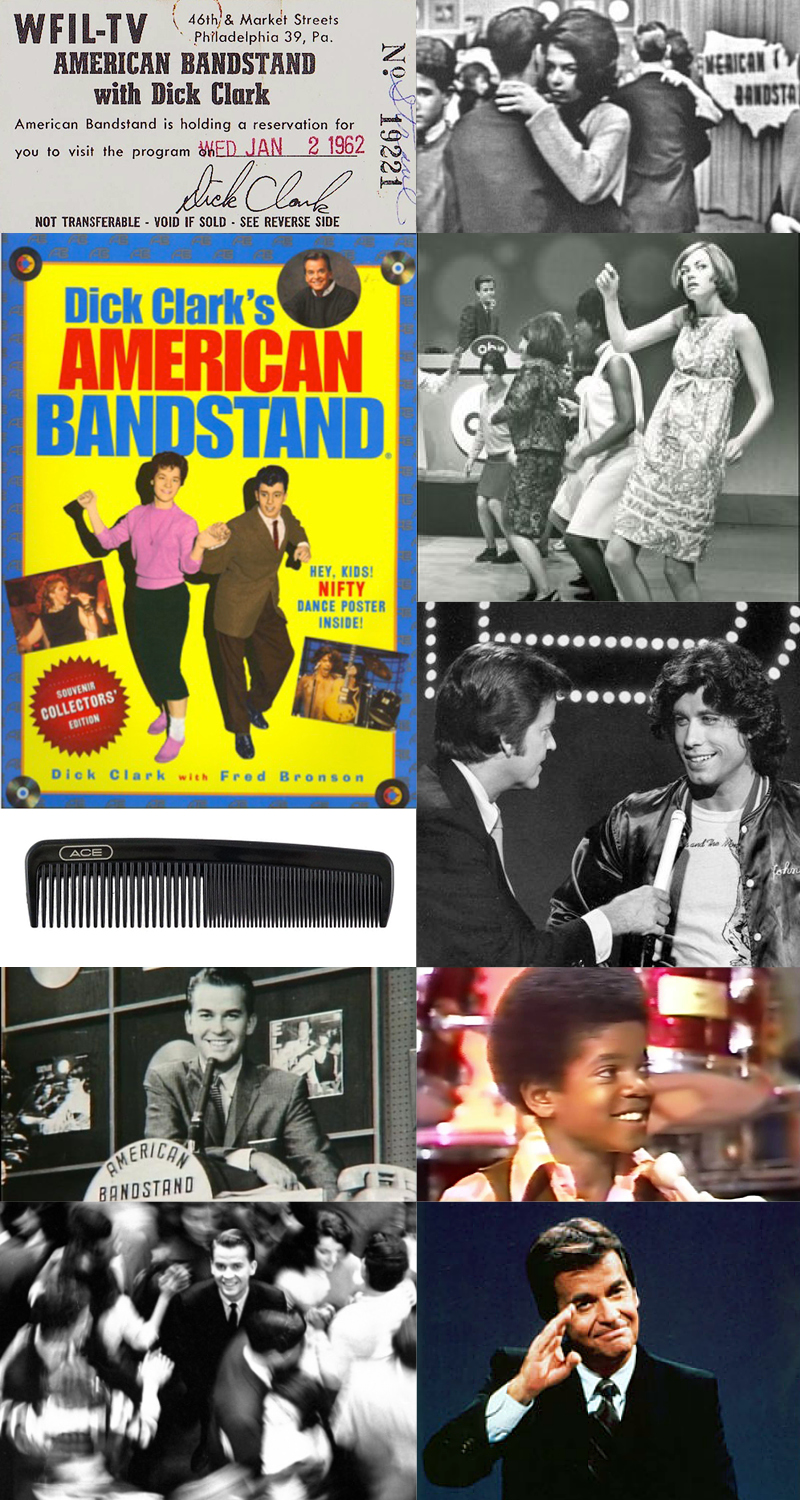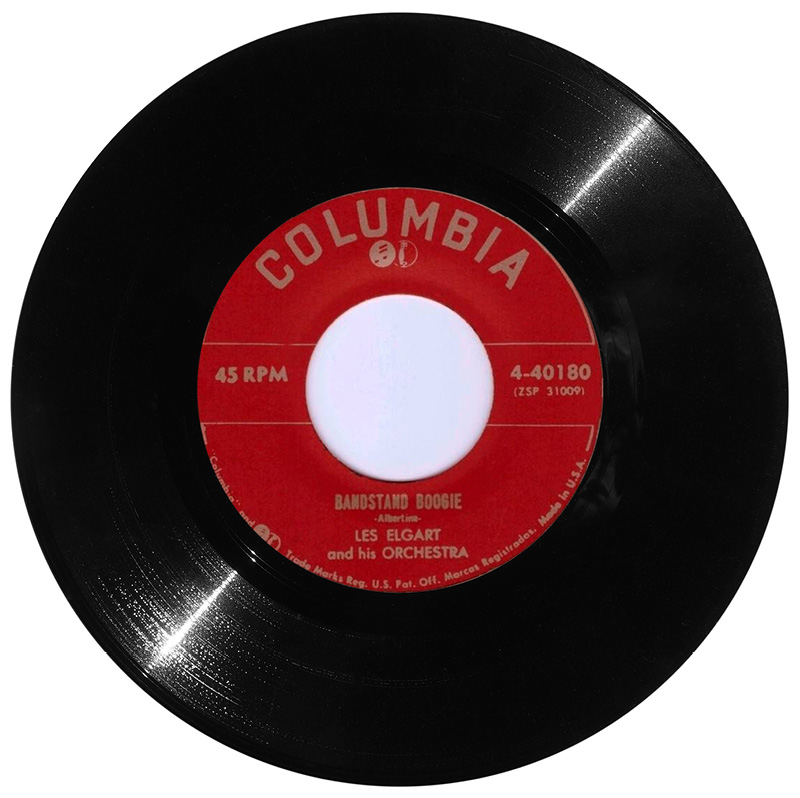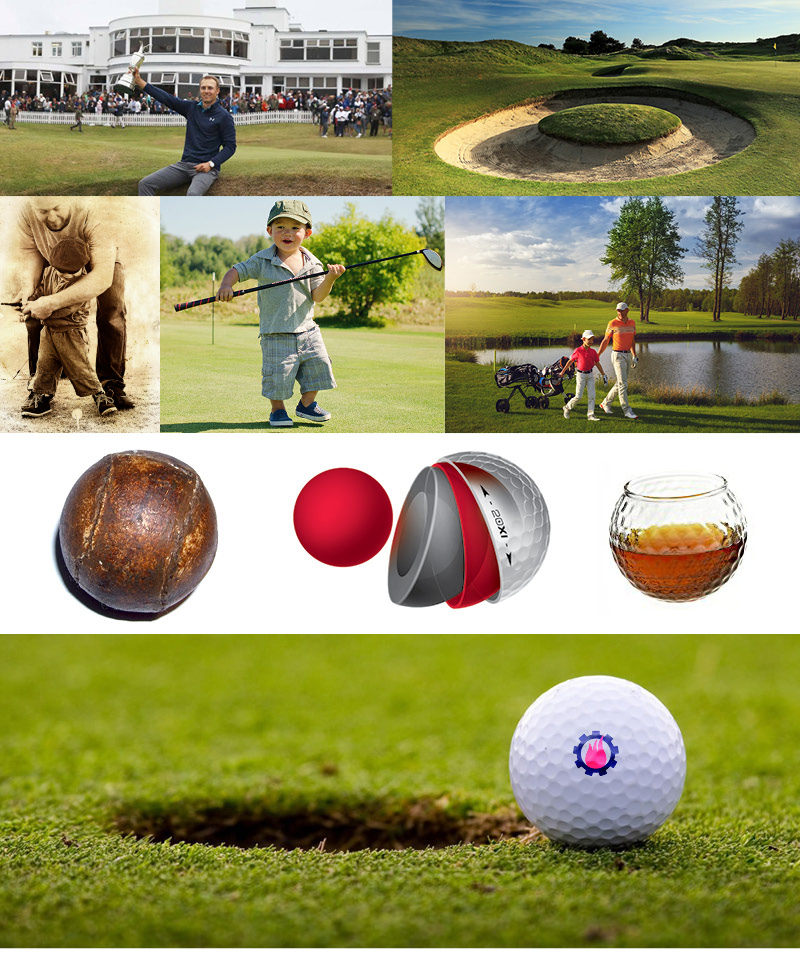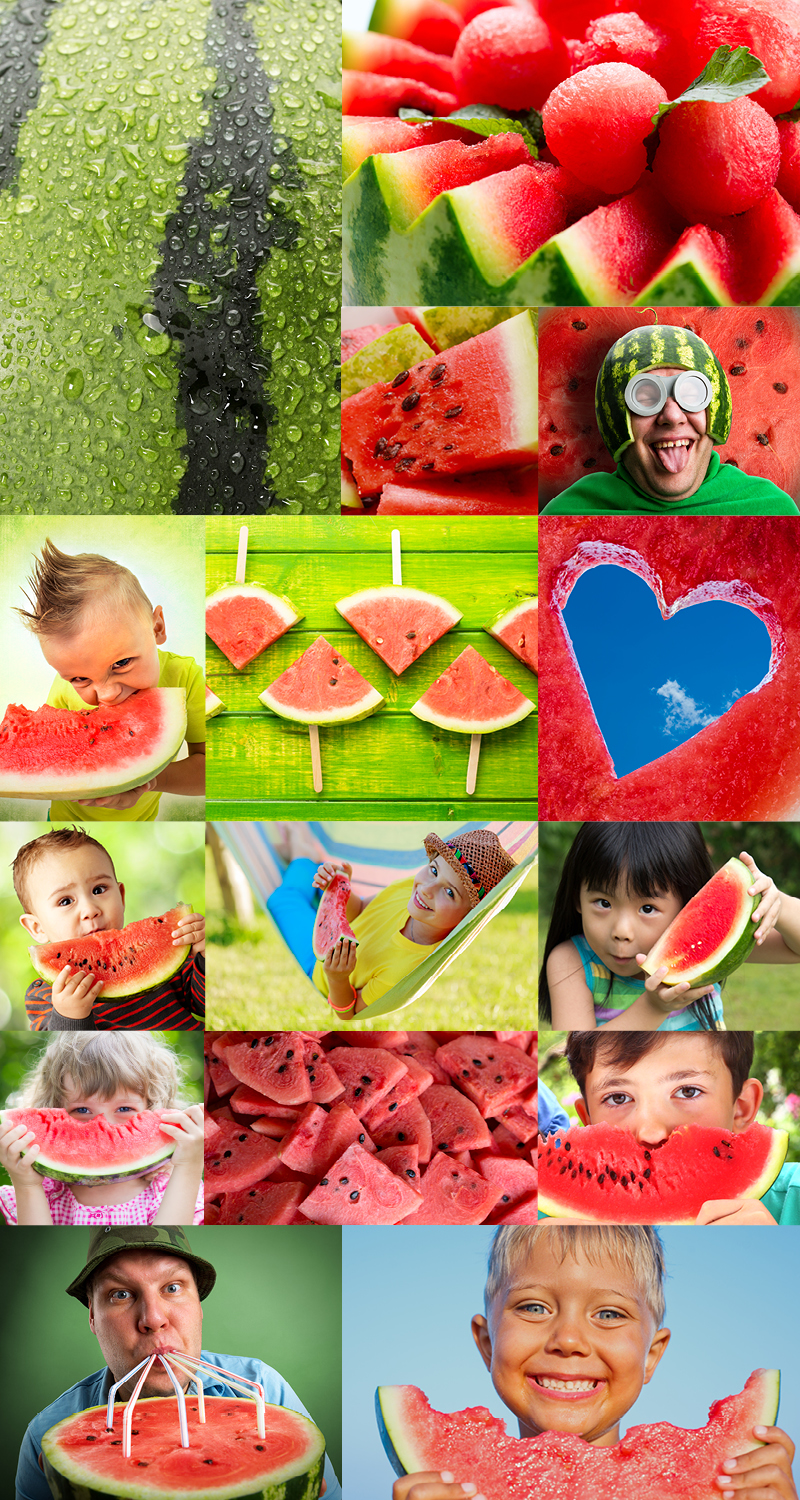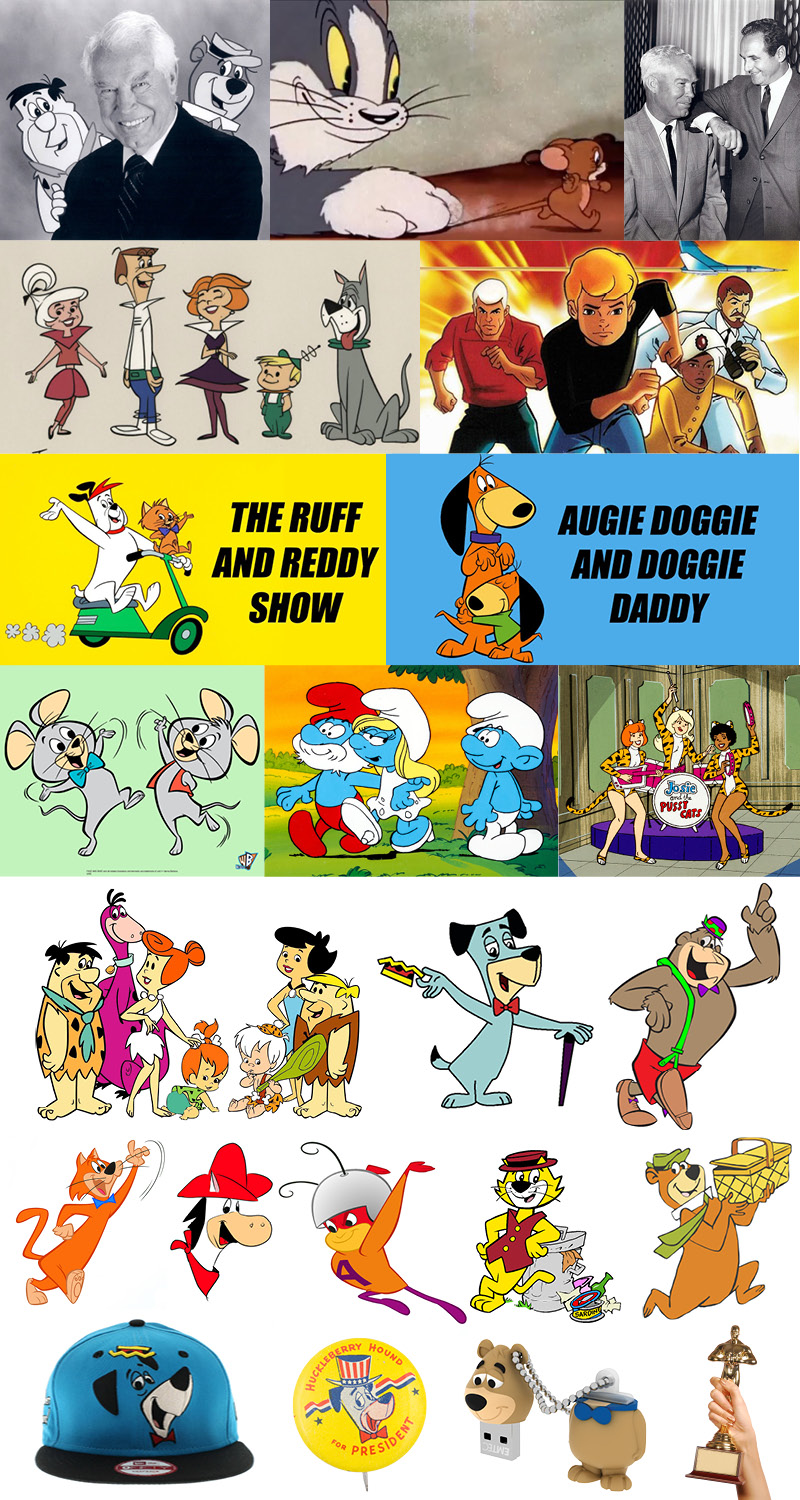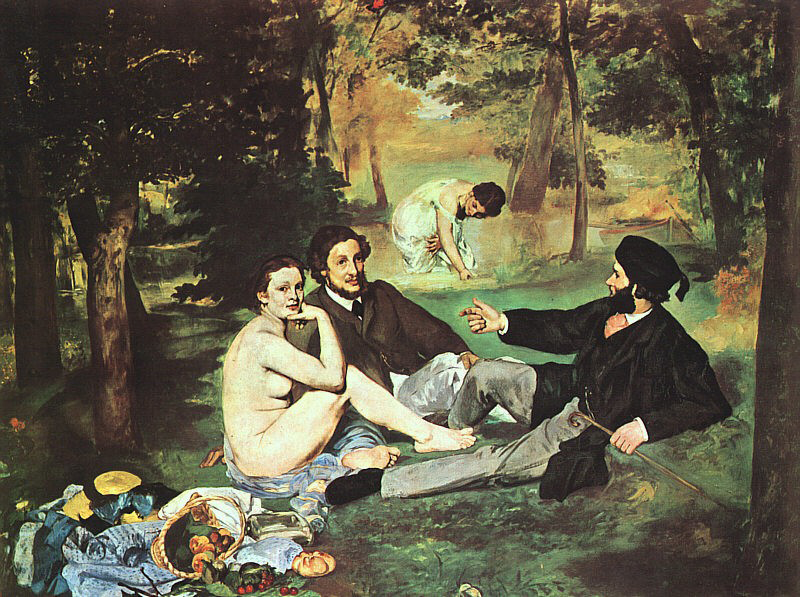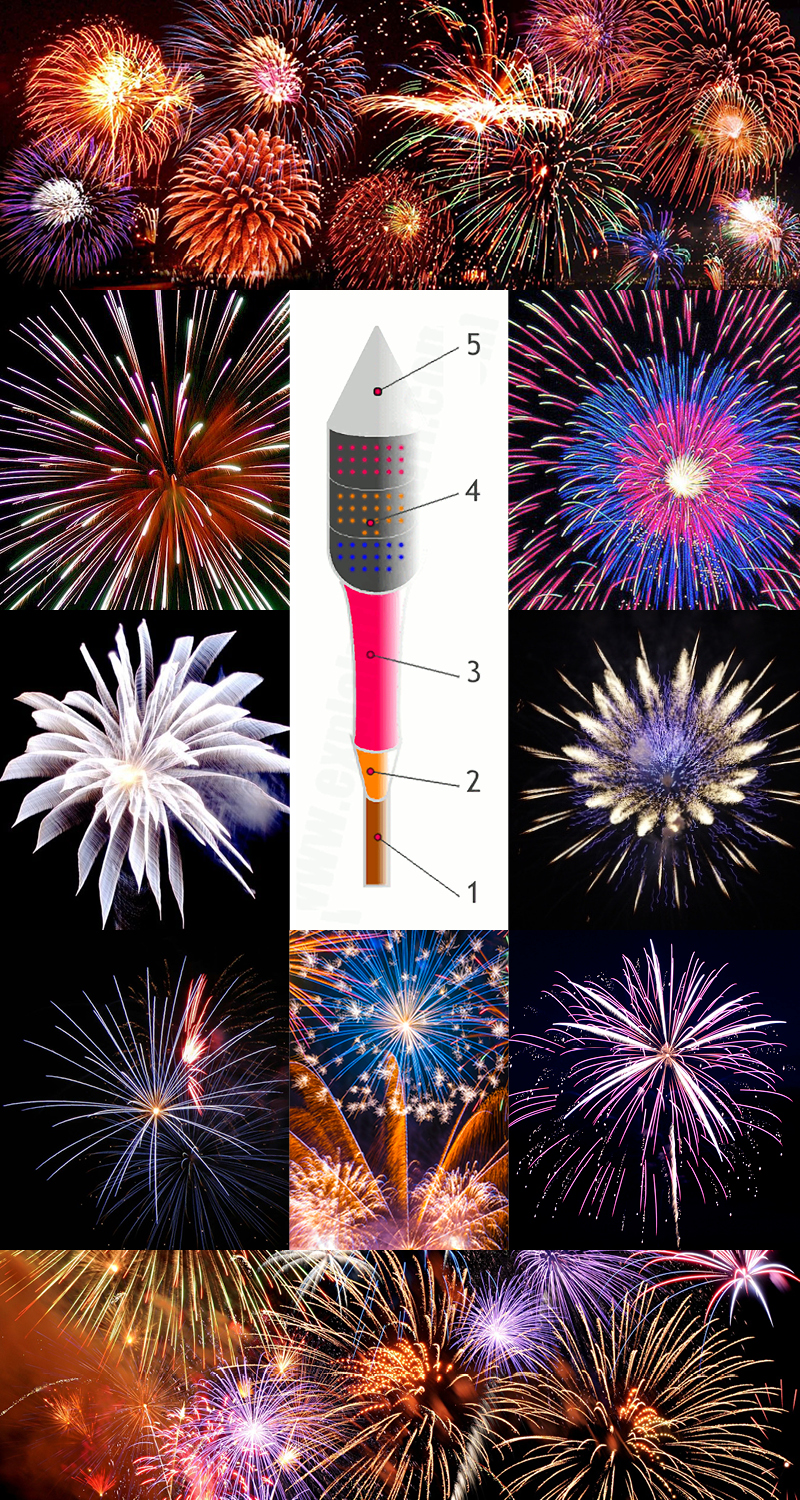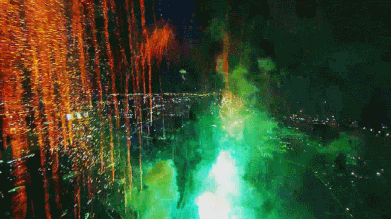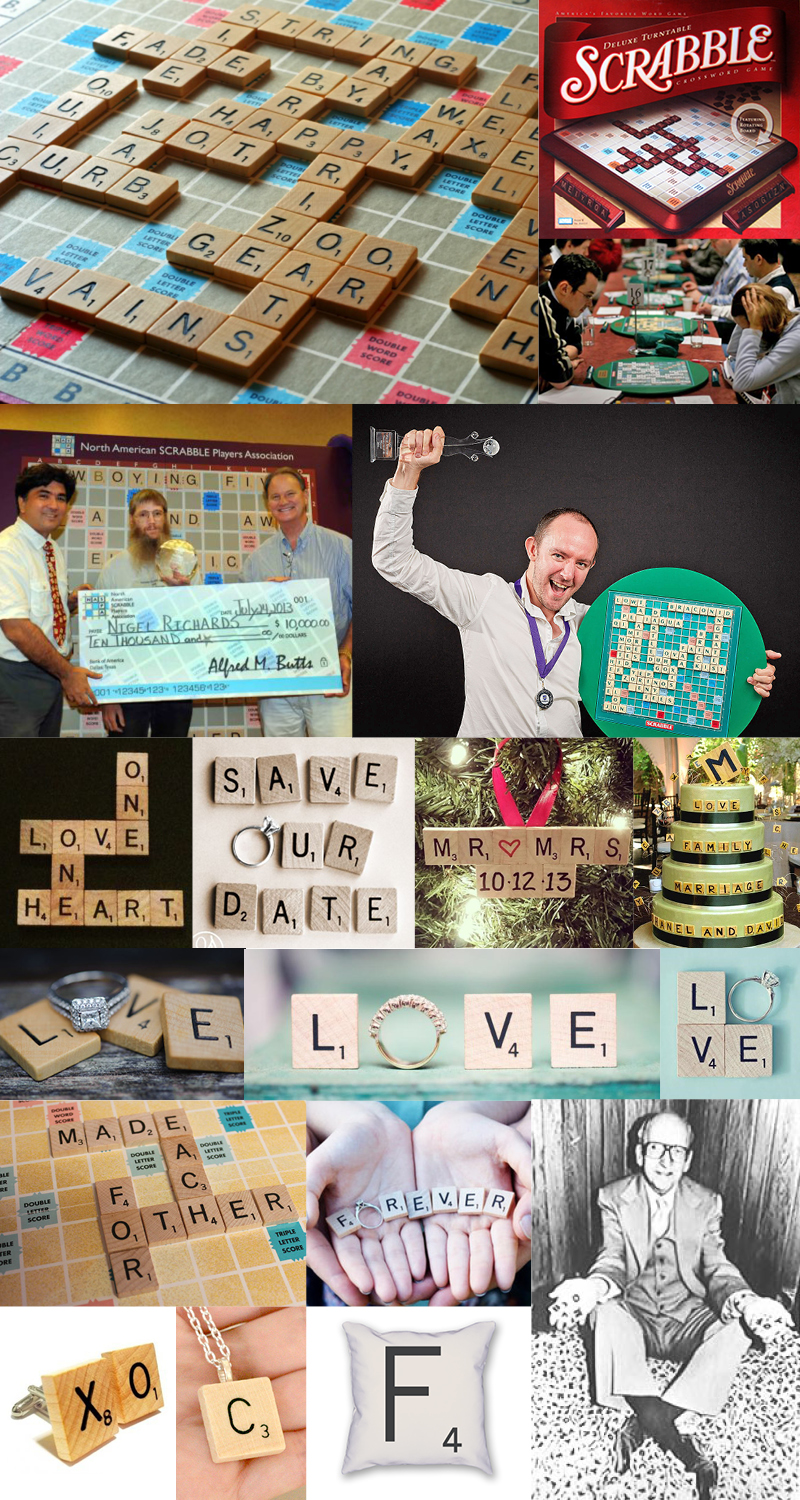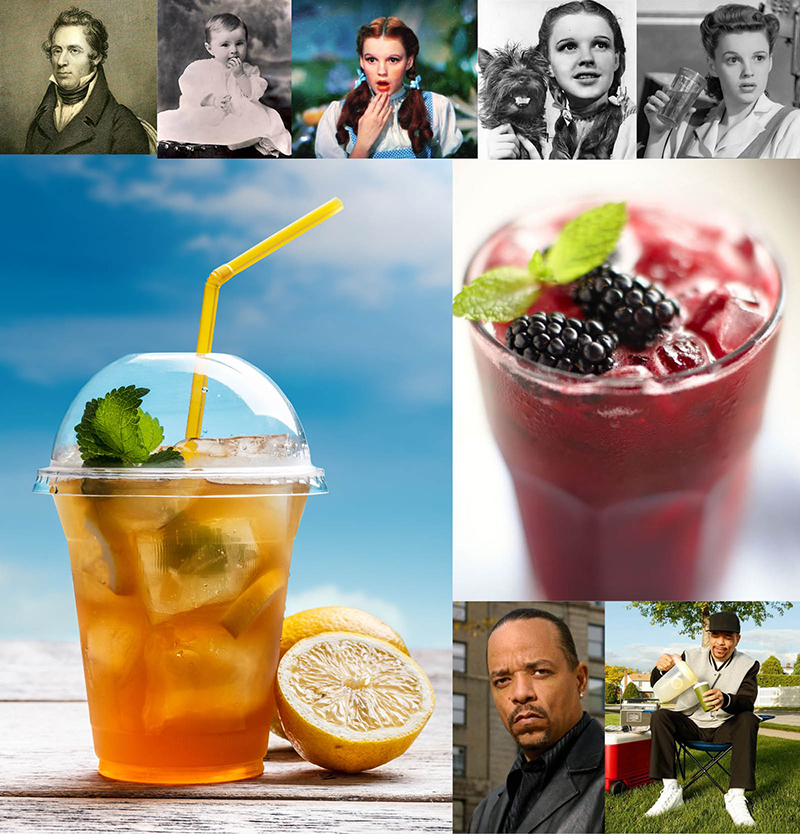“What’s Happening???”
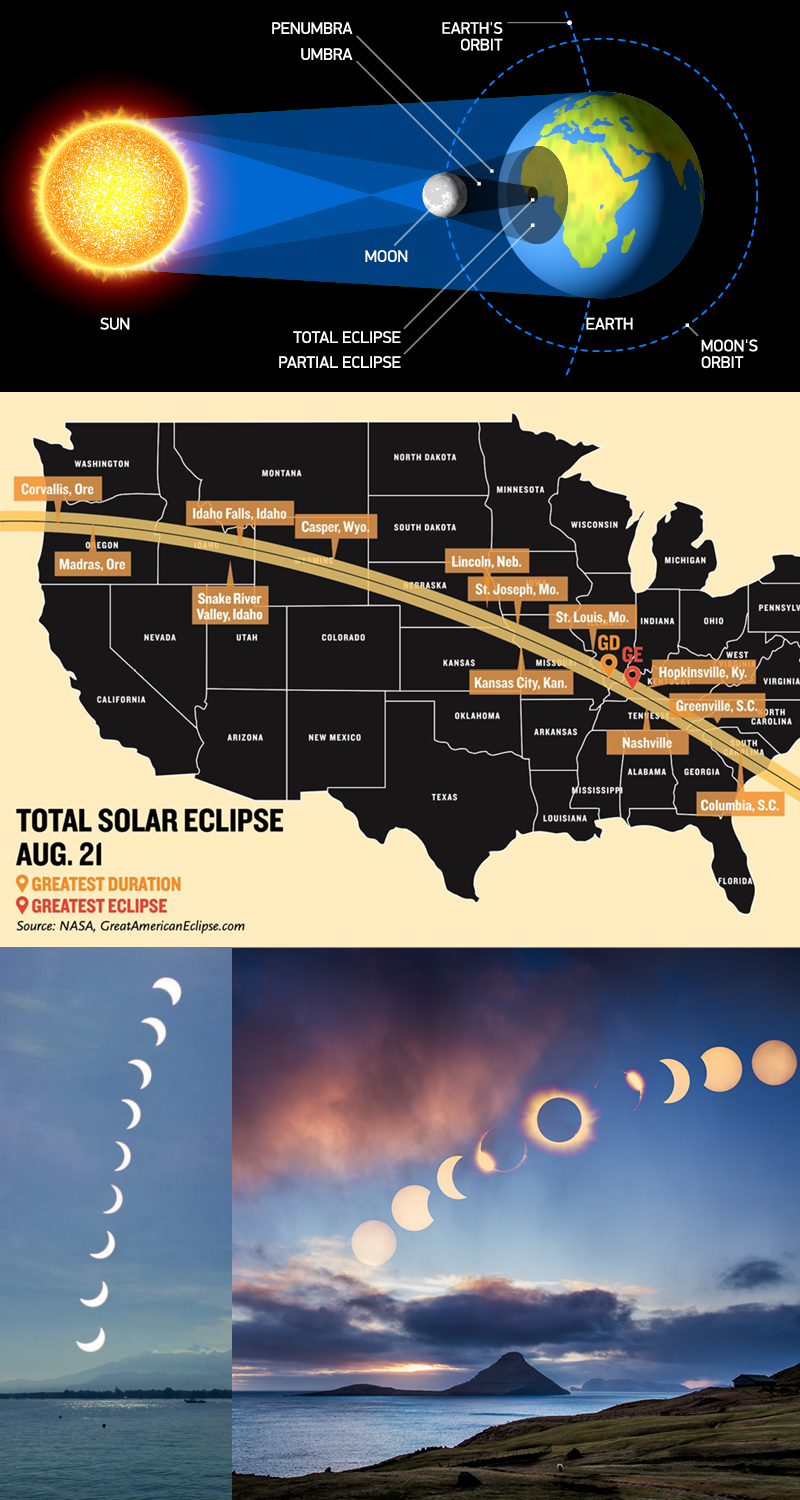
(top) A diagram of “What’s Happening”. (middle) The path across the country, kind of a lunar road trip; (bottom l to r) Partial Solar Eclipse from Indonesia in March 2016; Total Solar Eclipse from the Faroe Islands on March 20, 2015.
A winged dragon eating the sun, demon wolves howling in the darkness, winter constellations appearing in summertime and warriors shooting flaming arrows into the sky – what? Like you, I am fascinated by Monday’s coming Solar Eclipse and just had to write about it, mixing in a little science, a little astronomy and a whole bunch of folklore. Enjoy! And thanks to the Farmer’s Almanac for the insights and history lesson. (almanac.com)
- To the naked eye, the sky is an inverted bowl hosting thousands of glowing points and two disks. The points—stars and planets—exhibit no size because of their immense distance from Earth. But why does the moon and sun appear exactly the same size? The Sun is 400 times larger than the Moon but also 400 times farther from Earth than the Moon. These facts allow the Moon to fit perfectly over the Sun’s face to create a total eclipse. Yet, it’s not so big that it blocks out the Sun’s dramatic hot-pink corona or atmosphere and not so small that it leaves the Sun’s blinding gas surface (photosphere) uncovered. This bizarre alignment does not hold for any other planet.
- The perfect lineup of the Sun and Moon to form a total solar eclipse does not happen often—just once every 360 years, on average, for any one point on Earth. The S.mainland is currently experiencing its longest totality drought in history. The last total solar eclipse occurred on February 26, 1979, over northwestern states and south central Canada.
- If you are in the right place, a solar eclipse creates darkness in daytime along a 140-mile-wide ribbon of Earth. The brightest stars come out in midday but not as you might presume: During totality, they appear in seasonal reverse. In summer, the winter constellations emerge; during a winter solar totality, summer’s stars appear.
- An uncommon mind-set takes over people when the Sun, Moon, and your spot on Earth form a perfectly straight line in space. Many observers shout and babble. Some weep. Afterward, everyone proclaims it to be the greatest spectacle they have ever beheld. Many are speechless. Even animals exhibit odd behavior, such as falling strangely silent.
- During the 10 minutes before and after totality, when the Sun is more than 80 percent eclipsed and its light arrives only from its edge, or limb, earthly colors turn richer and more saturated, while shadows become stark and oddly crisp—as if a different type of star is illuminating Earth.
- As the Moon slides over the Sun, not only is light blocked in the ribbon of space, but solar heat is, too. The steady drop in temperature usually results in a haunting eclipse wind.
- At 1 minute before and after totality, all white and light-color ground surfaces underfoot (sidewalks, sand, the like) suddenly exhibit shimmering shadow bands everywhere. (Think of black lines on the bottom of a swimming pool that appear to wiggle.) This eerie phenomenon can make your hair stand on end, yet it cannot be captured on film.
- For many, a total solar eclipse generated fear. After all, the Sun is a constant in our lives—and integral to our well-being. We truly couldn’t live without the Sun’s light. Ancient peoples thought that the world would come to an end or a great evil would follow. Myths often involved a beast trying to destroy the Sun with the fate of Earth hanging in the balance—or, a Sun-god becoming angry, sad, or sick.
- Fear led Chippewa people to shoot flaming arrows into the sky to try to rekindle the Sun. Tribes in Peru did the same for a different reason; they hoped to scare off a beast that was attacking the Sun.
- Native people in Colombia shouted to the heavens, promising to work hard and mend their ways. Some worked their gardens and other projects especially hard during the eclipse to prove it.
- In Norse culture, an evil enchanter, Loki, was put into chains by the gods. Loki got revenge by creating wolflike giants, one of which swallowed the Sun—thereby causing an eclipse.
- In India, the demon spirit Rahu steals and consumes the nectar of immortality but is beheaded before he can swallow it. His immortal head flies into the heavens. The Sun and Moon had alerted the gods to his theft, so he takes revenge on them: When Rahu swallows an orb, we have an eclipse—but the orb returns to view because Rahu has no body! Also, many believed that when an eclipse occurs, a dragon is trying to seize the two orbs. People immerse themselves in rivers up to their neck, imploring the Sun and Moon to defend them against the dragon.
- Similarly, in China, Mongolia, and Siberia, beheaded mythical characters chase and consume the Sun and Moon—and we experience eclipses. In Indonesia and Polynesia, Rahu consumes the Sun—but burns his tongue doing so and spits it out!
- In Transylvanian folklore, an eclipse stems from the angry Sun turning away and covering herself with darkness, in response to men’s bad behavior.
- Many cultures thought that the Sun was in a fight with its lover, the Moon! To the Australian Aborigines, the Sun was seen as a woman who carries a torch. The Moon, by contrast, was regarded as male. Because of the association of the lunar cycle with the female menstrual cycle, the Moon was linked with fertility. A solar eclipse was interpreted as the Moon-man uniting with the Sun-woman.
- In German mythology, the hot female Sun and cold male Moon were married. The Sun ruled the day, and the sleepy Moon ruled the night. Seeking companionship, the Moon was drawn to his bride and they came together—thus, a solar eclipse.
- West Africans of Benin switch the gender roles of the Sun and Moon and suggest that the orbs are very busy, but when they do get together, they turn off the light for privacy.
- In Tahitian myth, the orbs are lovers who join up, providing an eclipse, but get lost in the intimate moment and create stars to light their return to normalcy.
- The fog or dew or other precipitation resulting from an eclipse was considered dangerous. The Japanese thought that poison would drop from the sky and covered their wells.
- In Transylvania, they believed that eclipses could cause plague. Alaskan natives believed that the moisture and dew could cause sickness; dishes were turned upside down and affected utensils were washed.
- As recently as 2010, during the near annular eclipse out of fear, people stayed home. Few were on the streets, restaurants and hotels saw a dip in business and most schools closed when students did not show up.
- In Cambodia, in 1995, instead of screaming and banging during a solar eclipse, soldiers shot into the air to scare the mythic dragon from the sky. It was reported that the only scattered casualties were from the bullets.
- The human response that stands out the most is related to pregnancy … Many ancient people worried that an eclipse caused pregnancy issues such as blindness, cleft lips, and birthmarks.
- Pregnant women are sometimes warned to stay inside, not eat, not carry sharp objects, and not eat cooked food from prior to the eclipse.
- Some say that the baby superstitions date from the Aztecs, who believed that a celestial beast was biting the Sun—and the same thing would happen to a baby if the pregnant mother watched.
- Eclipses did not incite fear in at least one group – Bohemia’s miners, they believed that the event portended good luck in finding gold.
- Some North American Indian tribes believed that an eclipse was simply nature’s way of “checking in” with the sky, perhaps a sort of cleaning house. The Sun and the Moon temporarily leave their places in the sky to see if things are going all right on our planet Earth.
Remember, do not look directly at the eclipse – real, lasting eye damage can occur!

